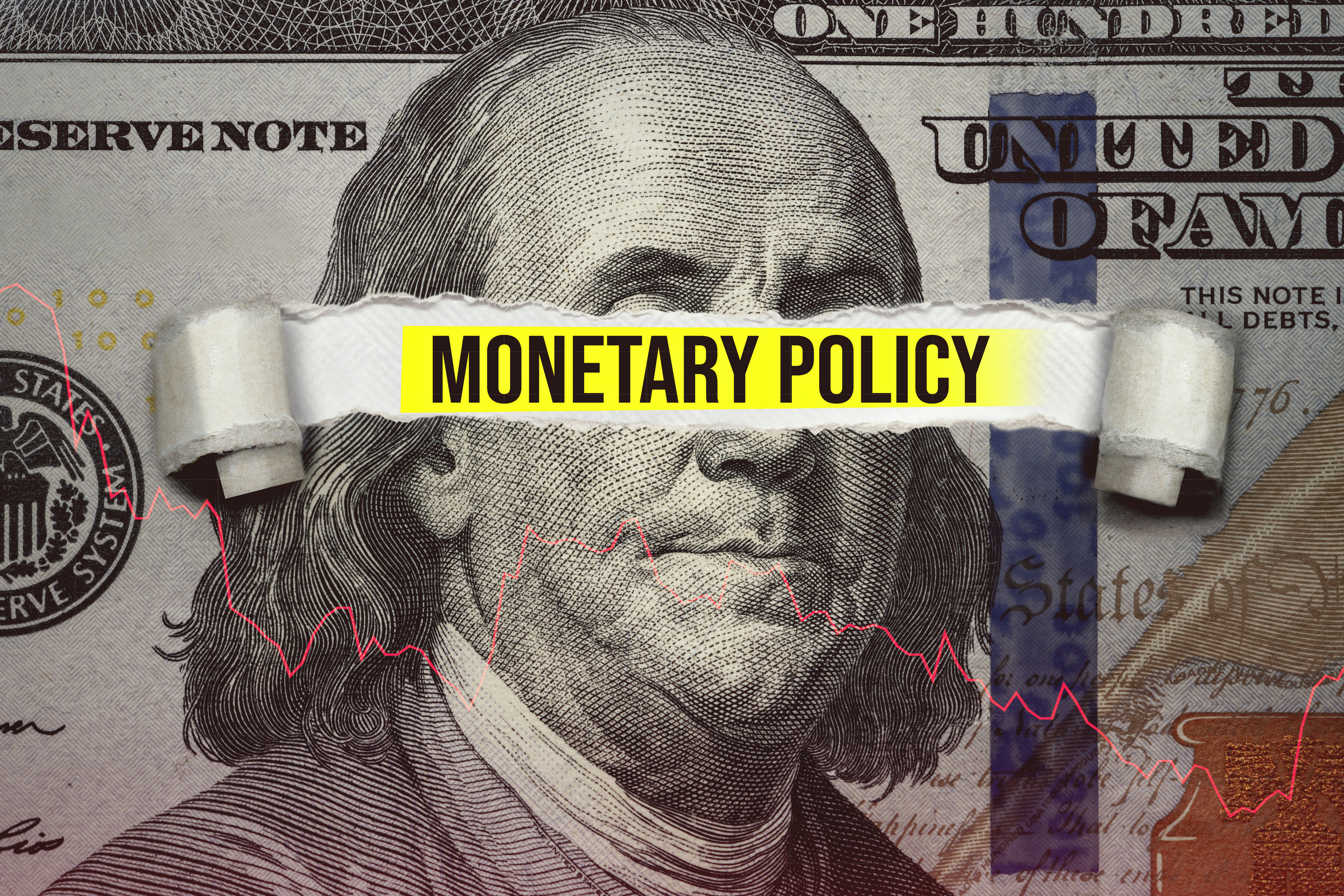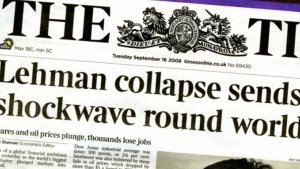The monetary policies of major central banks in advanced economies have had negative consequences and thus need to be fixed
The objective pursued by most central banks in recent decades has been a low level of inflation. Since inflation was believed to respond to changes in unemployment, this implied a primary focus on labor market and output gaps in the “real” economy when setting monetary policy. In contrast, “financial” sector developments were thought to be of no great importance in setting the instruments of monetary policy.
My new INET Working Paper argues that the setting of monetary policy should be guided much more by financial sector developments and much less by near-term targets for inflation. The pursuit of stable prices remains important, but policy should focus on success over a much longer time period than the two-year horizon that has become fashionable in recent decades.
Perhaps the most effective way of showing the need for fundamental monetary reform is to point out the negative implications of the monetary policies followed by the major central banks in the advanced economies over the last few decades.
First, the general adoption of a positive (+2%) inflation target has prevented the downward adjustment of prices that would be the natural product of increases in productivity and positive supply shocks. As a result, prices have been drifting upwards (and significantly) for decades. Second, the recurrent use of monetary easing to spur demand and raise inflation becomes increasingly ineffective, inviting an ever-stronger policy response that could eventually work but might well prove hard to control. Third, stimulative monetary policy has had a variety of unintended and unwelcome consequences. Fourth, as the threat posed by these unintended problems has cumulated over time, “exit” and the “renormalization” of policy has become ever harder to achieve.
To sum up, the current monetary framework has trapped us on a path we do not wish to follow because it leads inevitably to ever bigger problems. This is why fundamental reform is needed.
These developments occurred because central bankers in the advanced economies generally shared a set of “false beliefs.” They overestimated the need for easy money. They overestimated its effectiveness in stimulating aggregate demand. They underestimated the unintended consequences. And, finally, they underestimated how difficult it would be to exit from such policies.
The need for monetary stimulus, the dominant stance of policy over the last two decades and more, has been the need to respond to levels of inflation that have persistently failed to achieve target levels. An associated concern was that low inflation might inadvertently slip into outright deflation and depression. In fact, the last few decades have been characterized by large, positive supply shocks in the global economy that led to the persistent downward pressure on prices. There is a large, now largely forgotten, literature that suggests these initial price declines should have been allowed to happen. Admittedly, if monetary stimulus induces an increase in both public and private debt that weighs on future spending, the need for stimulus becomes ever greater. However, this is a need that was ultimately created by monetary policy itself.
John Maynard Keynes, in the General Theory (1936) warned against the effectiveness of the expansionary monetary policies that he himself had recommended in the Treatise on Money (1930). Indeed, plausible arguments support the view that low interest rates might not stimulate either consumption or investment. Perhaps even more important, the effectiveness of monetary stimulus declines with repeated use as debt levels rise. That is, there is a fundamental intertemporal inconsistency, the feedback effect once referred to by Alan Greenspan as “headwinds.” Given the now highly elevated level of global debt ratios, these “headwinds” have now taken on “gale-force” strength.
The unintended accumulation of debt is perhaps the most important of the unintended consequences of monetary stimulus but by no means the only one. Recently, a great deal of attention has been paid to the rise of inflation and the role that expansionary monetary and fiscal policy during the pandemic might have contributed to this. This current concern is warranted, even if the primary cause was pandemic-related supply shortages. However, other unintended consequences have been cumulating without notice for years; credit-induced “booms and busts,” potential financial instability, fiscal unsustainability, a progressive loss of central bank “independence,” growing inequality of wealth and opportunity, and a slower growth rate of potential output. The great danger now is that these cumulative stresses have made the economy less resilient to the added stress of tighter monetary policy.
These underlying weaknesses, the unintended consequences of past monetary policy decisions, are at the heart of the exit problem today. In this regard, fears of financial instability in the private sector and fiscal unsustainability in the public sector should and will weigh on policy decisions. Moreover, looking forward, the trade-off between allowing higher inflation, and the dangers of resisting it, are likely to become much worse as positive supply shocks in the past are replaced by negative shocks in the future.
Given all the difficulties that have arisen from the use of the current monetary policy framework, there would seem to be a strong case for looking at alternatives. In identifying alternatives, an important initial observation is that an economy is not a simple, deterministic system as current economic models suppose. Rather, an economy is a complex, adaptive system, like many others in nature and society that have been well studied by other disciplines. One of the many insights provided by embracing the concept of complexity is that structure matters (e.g., building in modularity and redundancy improves stability) and structures can be changed by policy. Unnecessary complexity should be stripped out. From this complexity perspective, arguments for introducing a “narrow money” regime need much more serious attention. Moreover, with many central banks now studying the possibility of introducing a central bank digital currency, the timing would also seem right for further investigating this possibility.
William White was formerly Economic Adviser at the Bank for International Settlements and Chair of the Economic and Development Review Committee at the OECD.






